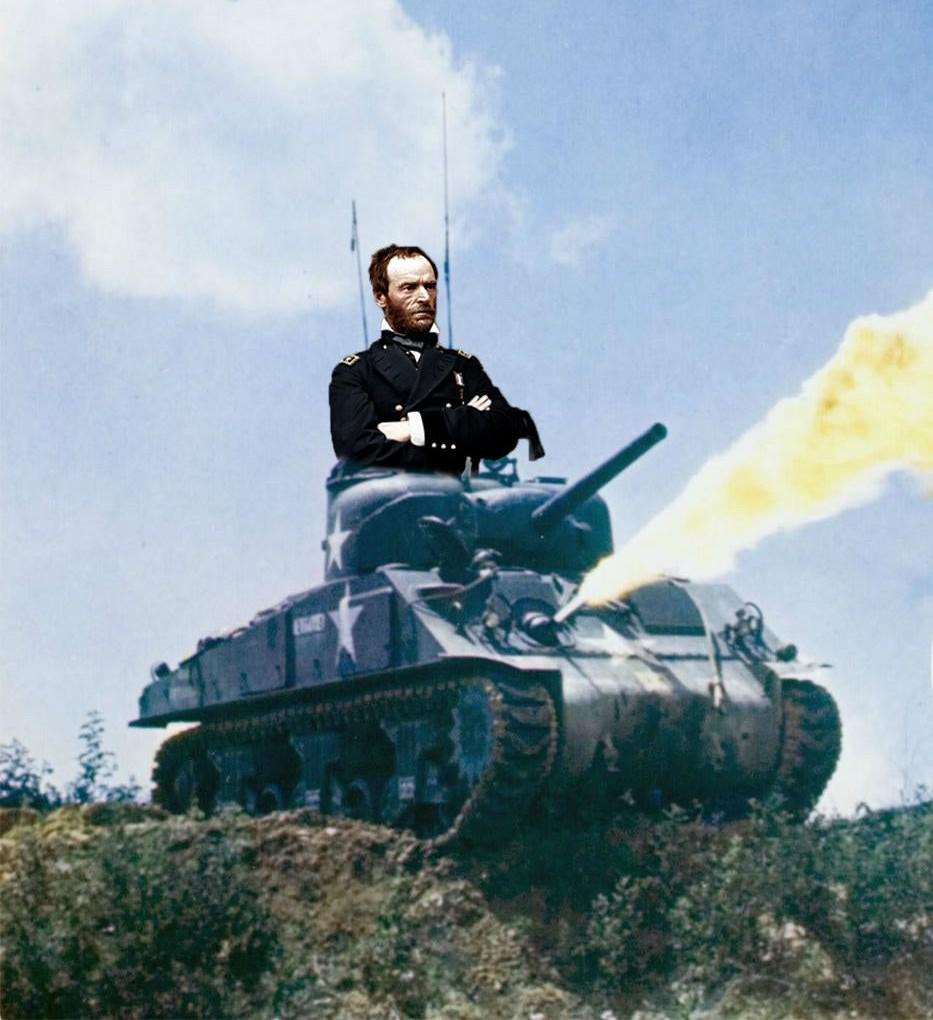“Ah hell, it’s an engine. Get me 1200 liters of whale oil!”
“Ok. What’s a liter?”
"Gas? To brighten up the inside of your techno coffin?
… Oh, you mean whale oil. NP"
- The first patent for refining crude oil was filed in 1850
- The first oil refinery was built in 1856
- The first commercial oil well was built in 1858
I have no idea what kind of products were first refined. I’m sure it was nothing like the cracking processes of the present.
Rockefeller was making a killing refining kerosene at this point in history. I think gasoline was a byproduct of that, but I read about it 20 years ago so who knows.
I know they had a lot of trouble with precision. It was 20 years ago that I was into hotrods, engines, painting, and stuff. I wanted to better understand what additives were doing to fuel, was exploring custom forced induction setups, and wrapping my head around more complex carburetors, mechanical fuel injection (like hilborn), and working my way up to a custom megasquirt EFI setup.
I had a few books on the cracking process but only understood probably 10%. IIRC it basically amounts to holding the various components of the crude at a very specific temperature and pressure to isolate specific groups of products. The products depend largely on the staging of the process. The extraction of one product group must happen completely before the next, and so on down the line until you’re left with the rest. Each stage has very little tolerance for variations in temperature and pressure.
Naturally, precision temperature and pressure control is very hard to achieve in an age before electronics. I know this was a major reason why very early engines from the 1930’s are all very low compression. They had to be low compression because available fuel quality was very low octane.
I don’t think most people know this, but octane is just the level of precision of isolation in a cracking stage. Like with a 93 octane it is just a smaller window of products that are allowed to escape than with an 87 octane fuel. The bigger window gives a bigger yield and faster. This range of products that can evaporate at a wider range of temp/pressure just have less consistent flame front characteristics and other behaviors. Lower octanes are more volatile, prone to preignition, and have more unburned exhaust products.
The main reason why the supercharged 1930’s style hotrods with a big roots blower were a thing was because the early motors had such a low compression ratio that just slapping on the old superchargers from retired and junked buses only required an intake manifold and welding a pulley. People started doing it a lot around Los Angeles, then went south to race around the empty streets of the orange and avocado groves of Orange Country. This ended up getting sanctioned into a safer place with the first ever drag strip–Lions, which was run by Mickey Thompson. Lions is now long gone and under one of the runway expansions of the John Wayne airport in OC.
Anyways, I’m pretty sure you would find that the kerosene of the 19th century was more like everything from diesel through jet fuel all tossed in a bucket and the rest was probably tar.
I am probably wrong. I don’t have a clue about how precision temperature controls worked back then. I know Watts was behind several over pressure controls devices that made steam boilers reasonably safe–so long as they had enough water. So, I picture pressure was less of an issue, but how one isolates precision temperature in that age is beyond me.
Gotta fill 'er up with moonshine, the GOOD stuff
So Doc could build a steam powered refrigerator, could rebuild a fuel injection manifold in a month given 1880s tools, didn’t even think to build a carburetor. In the same amount of time it took him to make railroad wheels and do all the other things they needed for their little scheme.
Pappy’s blind but big Sherry went boom boom boom!
Diesel?
Such German ingenuity.
most m4’s were gasoline powered.
Pick an M4A2 or M4A6 (which had diesel engines) and chuck some vegetable oil in it; it’ll be fine.
You’d be better off with a more modern one that uses a gas turbine for an engine. Those can use basically anything as fuel and I’m willing to bet kerosene would work.
Tequila was once tested in a turbine engine. It ran.
You could also put the soul of a cat in it.

Instructions unclear. Farts in tank.





